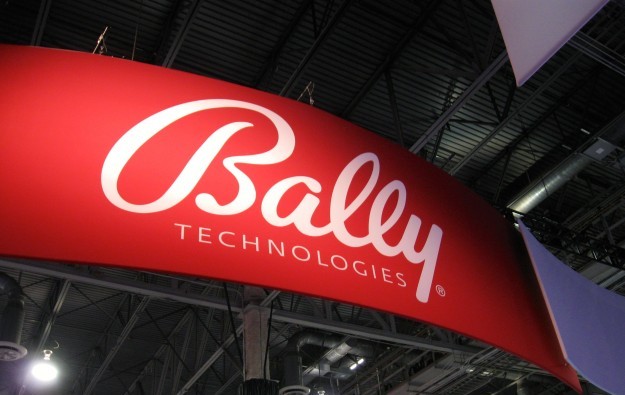Executive compensation for the top six managers at casino equipment maker Bally Technologies Inc totalled US$13.1 million in the year ended June 30, 2014, according to a company filing with Nasdaq in New York on Monday.
Chief executive Richard Haddrill – previously non-executive chairman of the board – received just over US$4.6 million in compensation – nearly US$3.4 million of it via stock awards.
Former CEO Ramesh Srinivasan, who officially left the company in May, was awarded a package of just over US$3.4 million during fiscal year 2014 – nearly half of it designated “medical and other expenses”.
Excluding the package of Kathryn Lever – senior vice president and general counsel, who joined the firm during 2014 – then judged year-on-year, executive compensation for Bally Technologies’ other five top executives actually shrank nearly 21 percent to US$12.3 million in 2014 from US$15.5 million in 2013.
Bally Technologies’ share price has risen 66 percent in the two years to October 20, driven in part by two merger and acquisition exercises – one as suitor, and one as target. At the close of business on Monday, its shares were trading at US$79.87 each, a rise of 2.75 percent on the day.
In July last year, Bally Technologies announced its planned takeover of fellow casino equipment maker SHFL entertainment Inc, via a leveraged deal involving a total consideration of US$1.3 billion. The transaction was completed in November 2013.
Gavin Isaacs, chief executive of SHFL at the time of the deal, sold US$3.08 million worth of SHFL shares at the time of his departure. Mr Isaacs, who has also served as chief operating officer of Bally Technologies, is now chief executive of Scientific Games Corp.
On August 1 this year, Bally Technologies said it was being acquired by lottery technology and management specialist Scientific Games in a US$5.1 billion leveraged deal.
Scientific Games later said in an investor presentation, filed with Nasdaq in September, that the tie up with Bally Technologies could result in a 21 percent cut in the combined companies’ employee roster for non-manufacturing and production jobs.
Scientific Games said the jobs eliminated would cut US$83 million in costs – 57 percent of the anticipated US$144 million in cost savings expected in the first 12 months of the merger.
In late September, Bally Technologies said the merger was being brought forward for completion before year-end, rather than early 2015.







